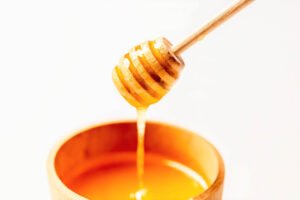Australia is the original island nation. Not merely because the country is, itself, the largest island in the world. But also because it boasts 8,222 isles of its own – for the most part, beautiful, barren places unspoilt by time or tide.
Kangaroo Island is the third largest offshore isle, roughly half the size of Cyprus. Kangaroo Island was occupied until the 1800s by the Kaurna Miyurna, Ngarrindjeri, Ramindjeri and Barngalla peoples, who called it ‘Karta Pintingga’, or the island of the dead. The Anglicised name came a lot later, courtesy of a British cartographer who apparently fed his crew by slaughtering many of the island’s tame kangaroos.
Life is very different now for the island’s 4,000 permanent residents. Kangaroo Island is all about the healthy lifestyle: eggs tend to be free range, bakers focus on whole-grain loaves, dairy farmers produce natural cheese and yoghurts. For those who prefer something a little more substantial, organic beef, lamb and ham abound. And the island claims to produce the freshest seafood on the planet, thanks to its unpolluted waters and sustainable aquaculture!
Roughly 140,000 annual visitors also partake of this natural bounty, but no visit would be complete with a taste of what is quite probably the island’s most unique product. Honey.

Brought to the Kangaroo Island in the late 1800s, the Ligurian bees were immediately protected by an act of parliament, and the world’s first bee sanctuary was created. People, whales, and seals may have fallen to the ravages of the past, but the bees have thrived.







Click here to change your cookie preferences